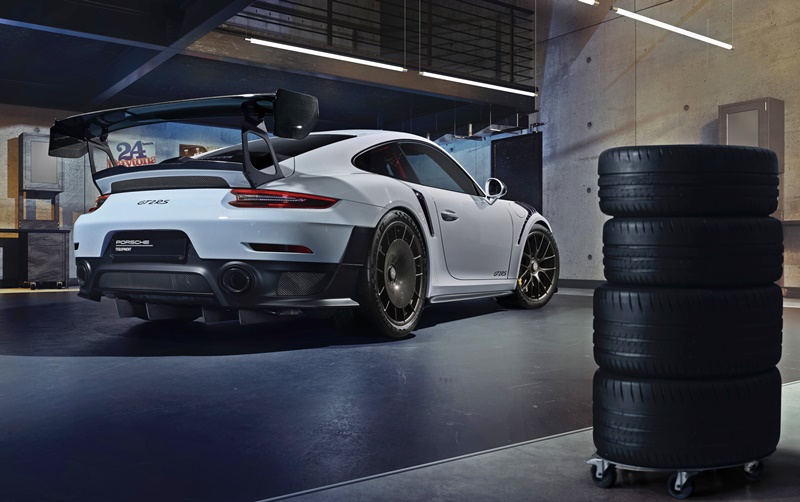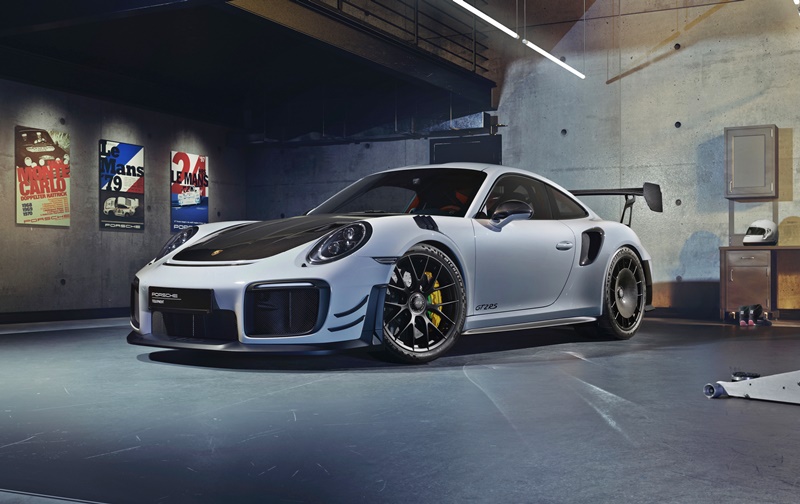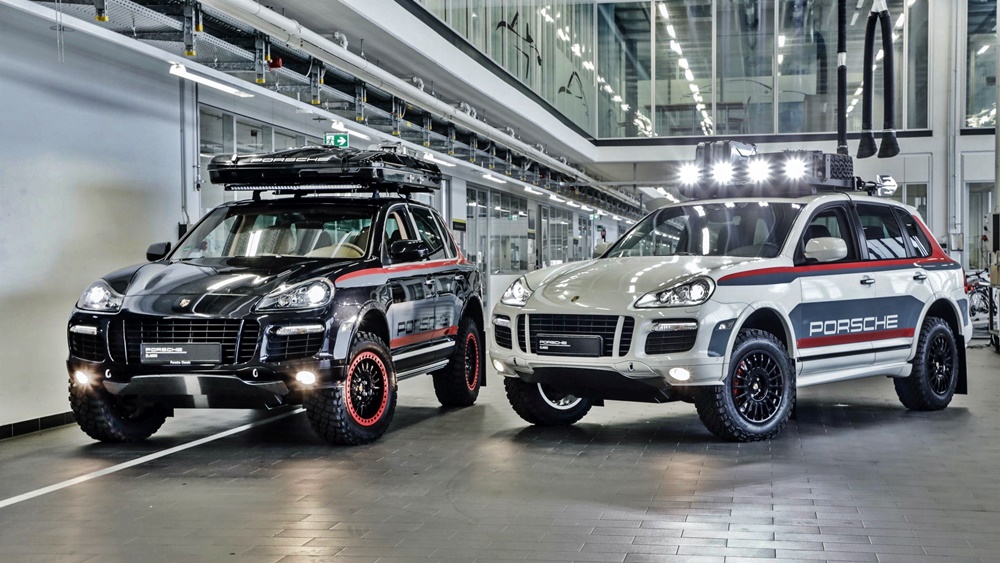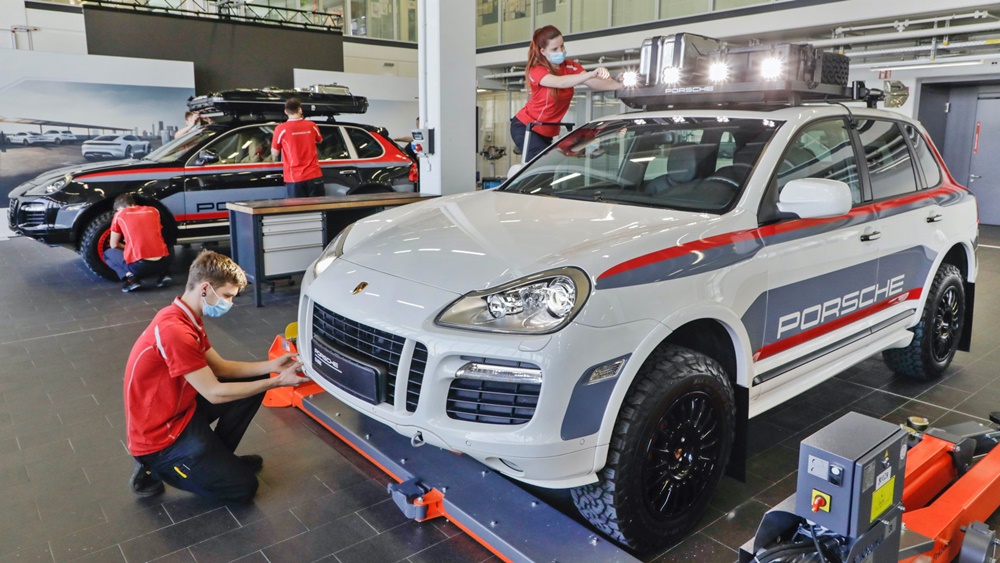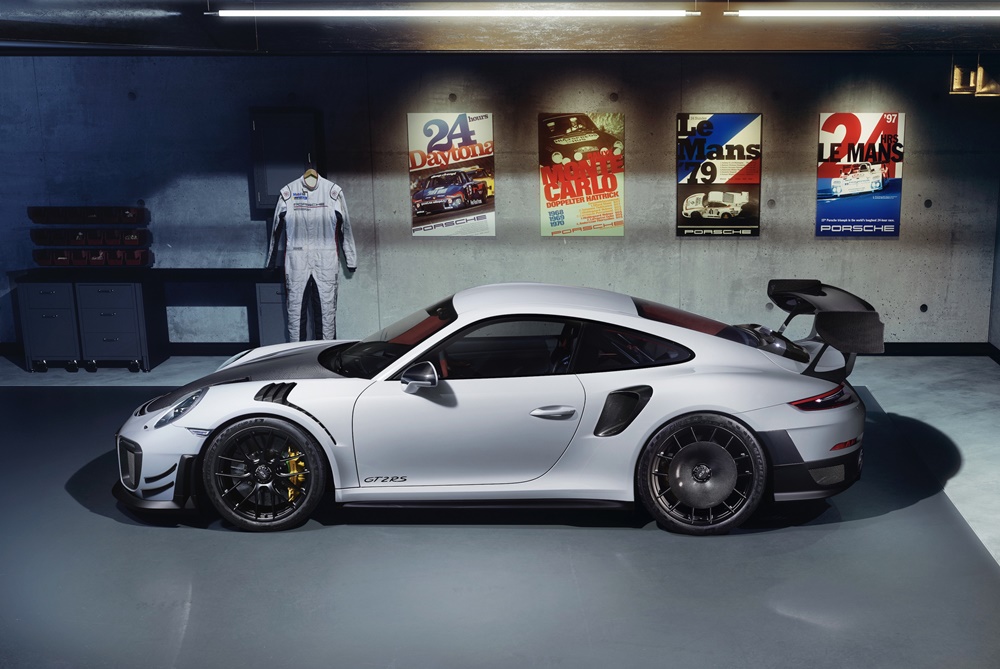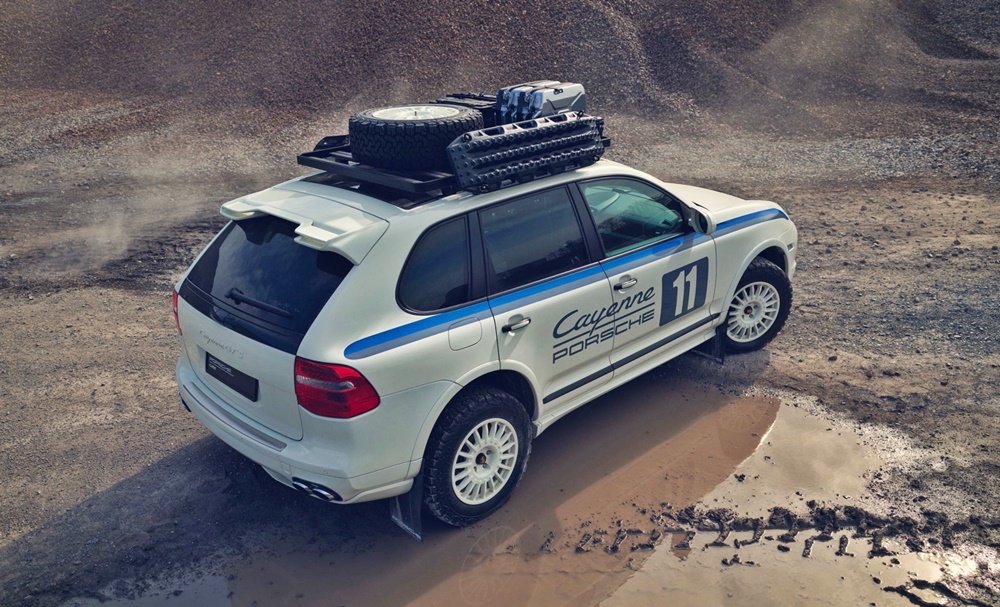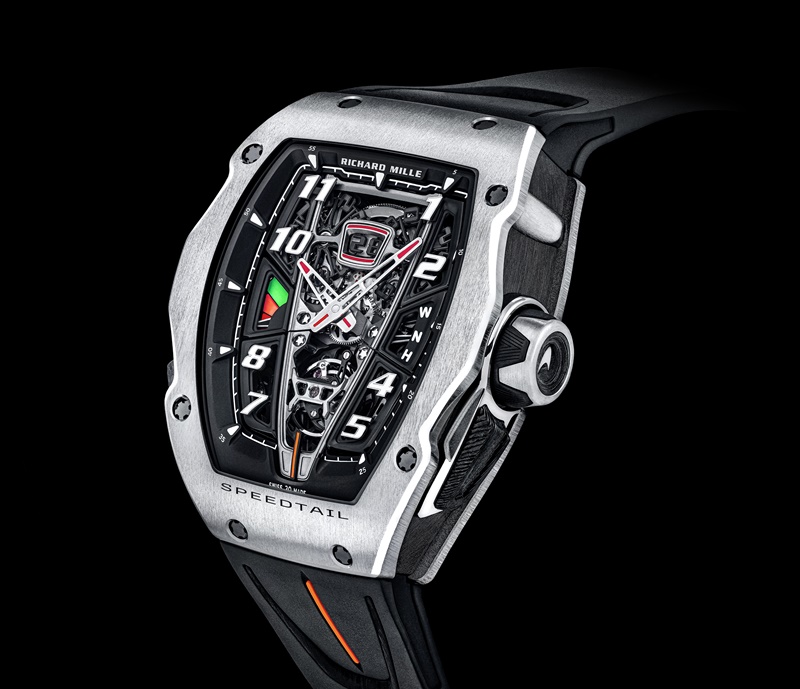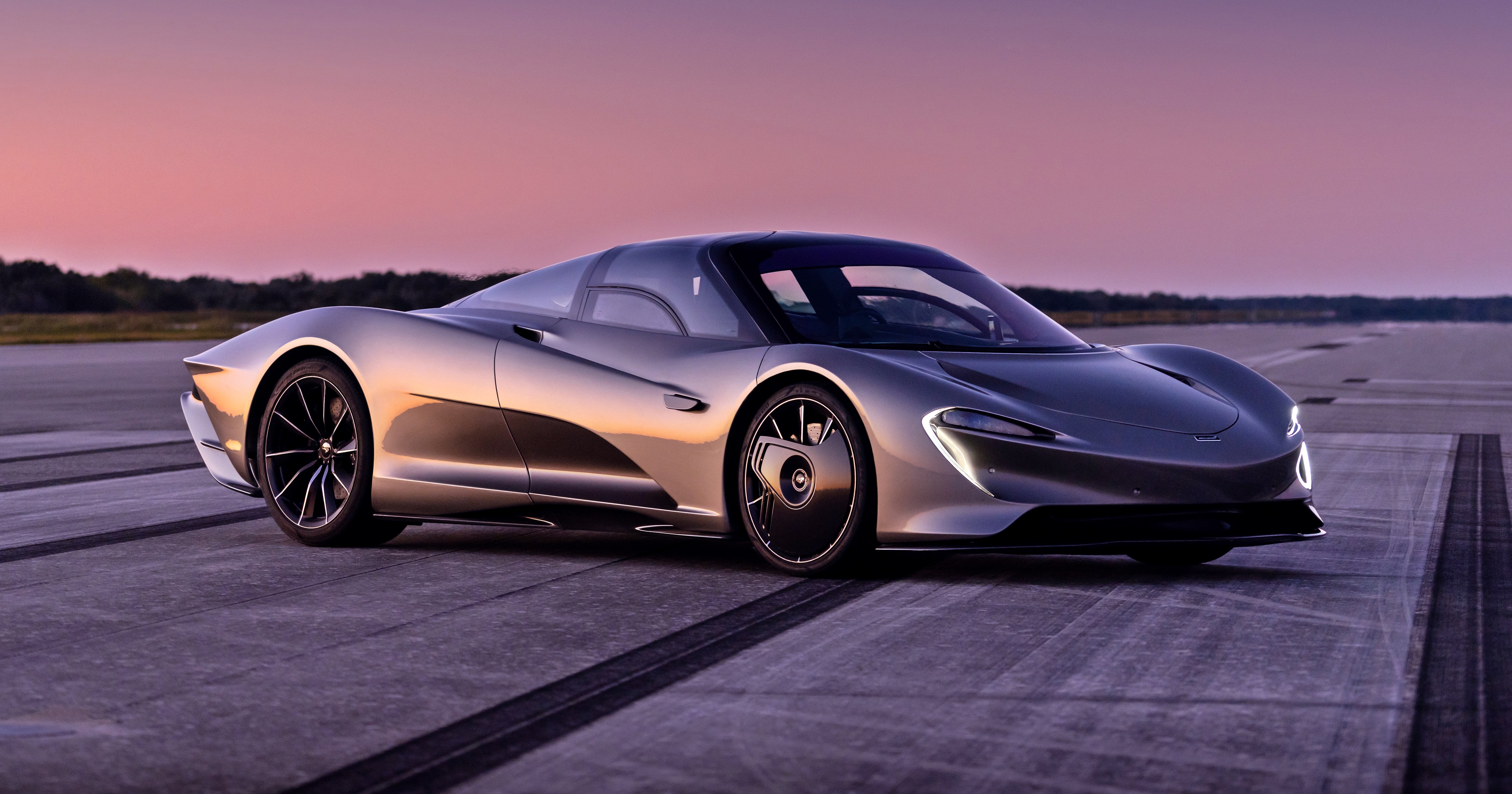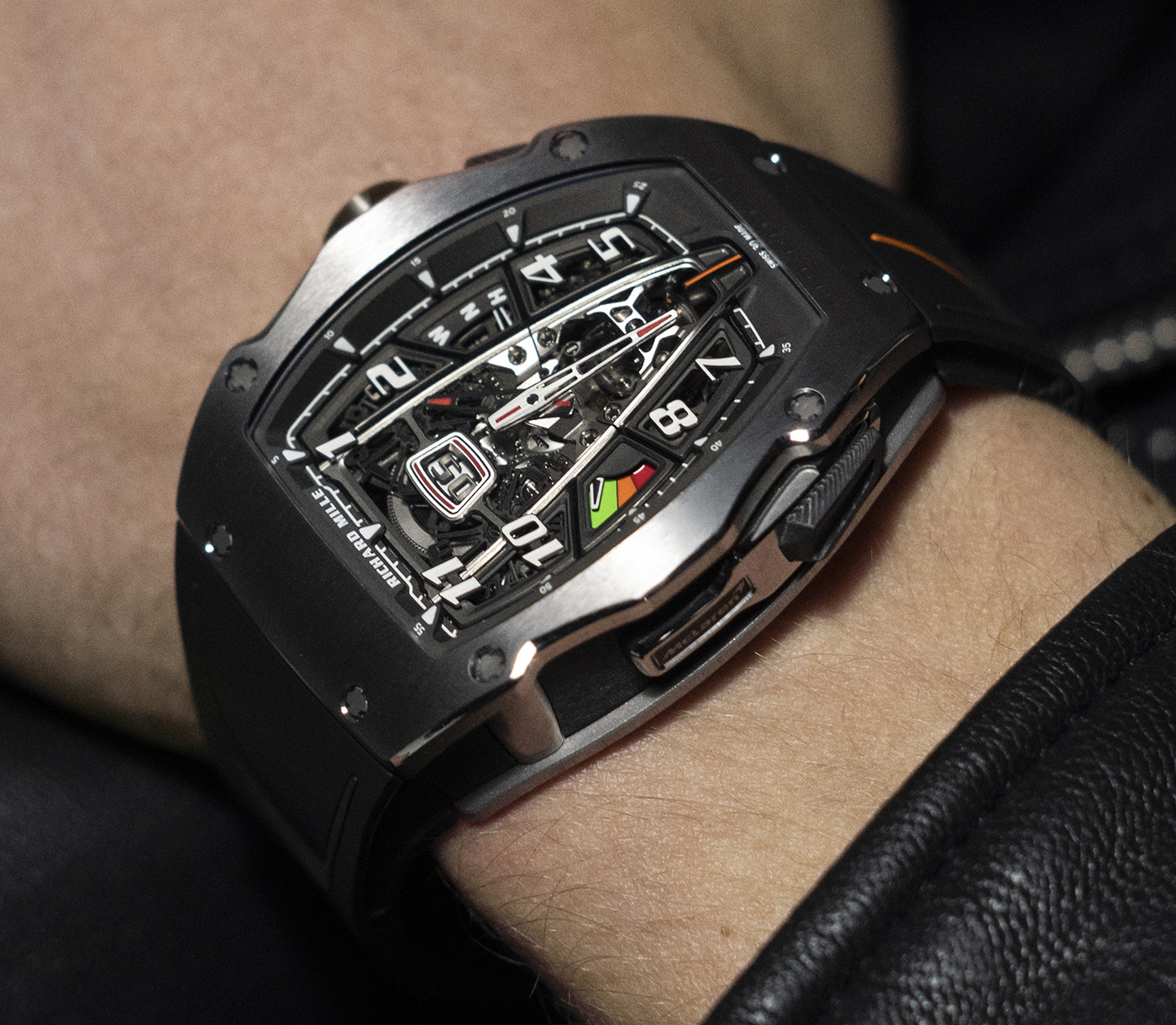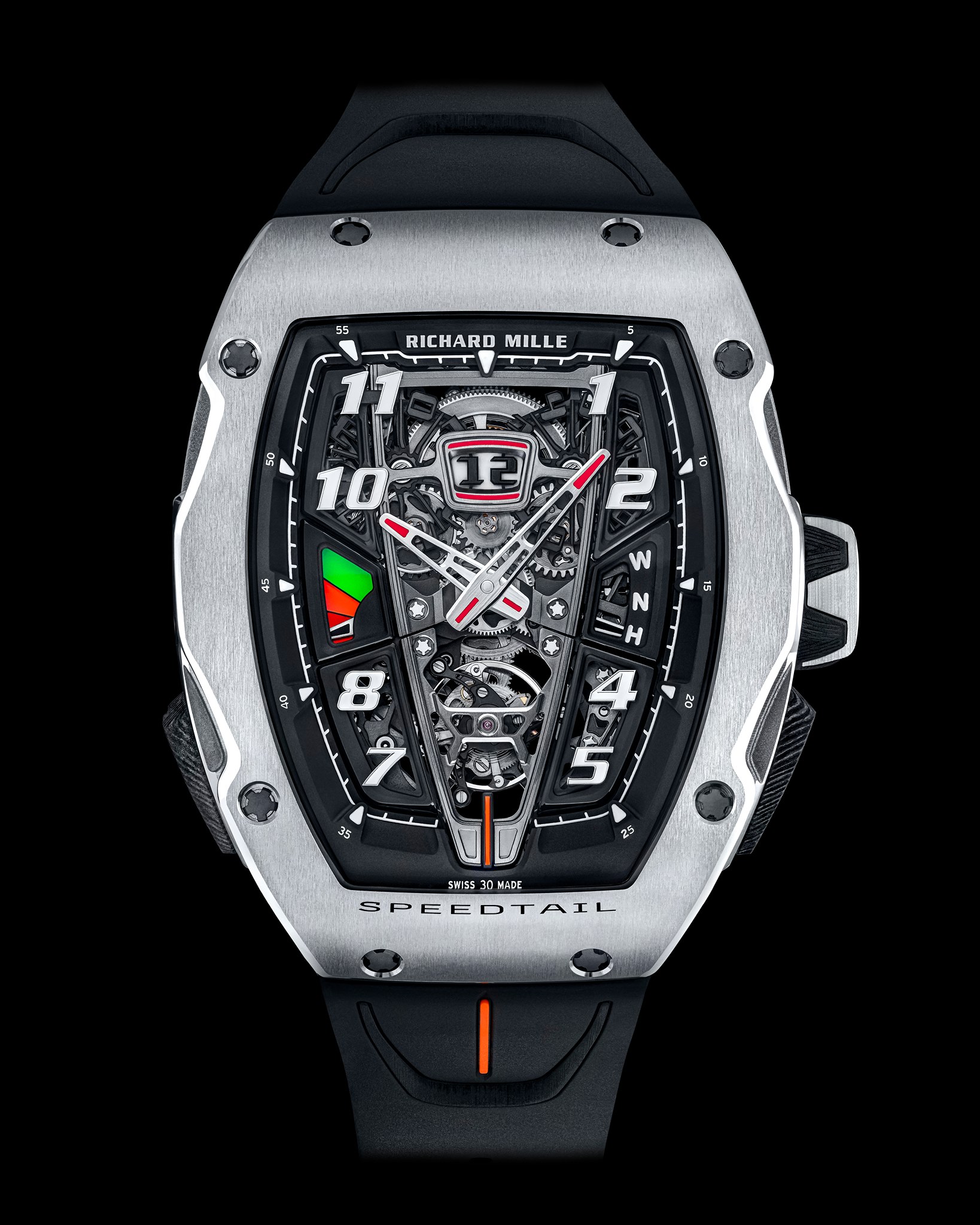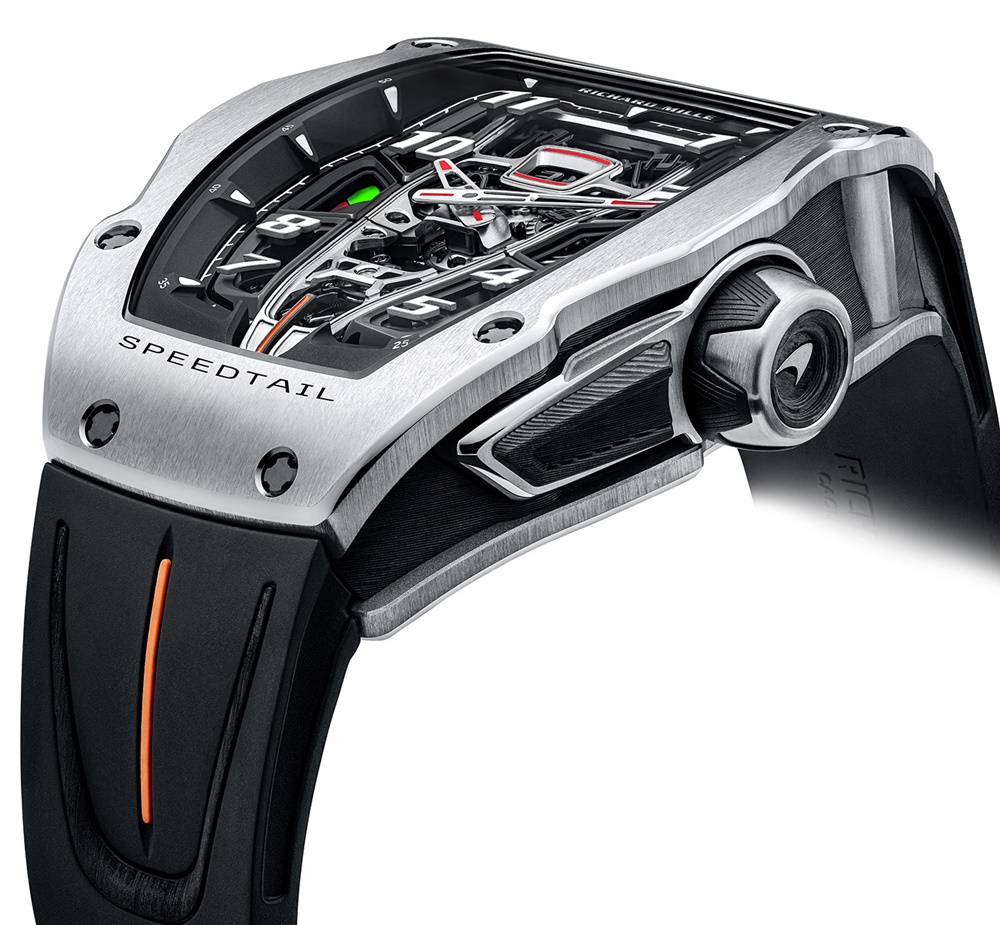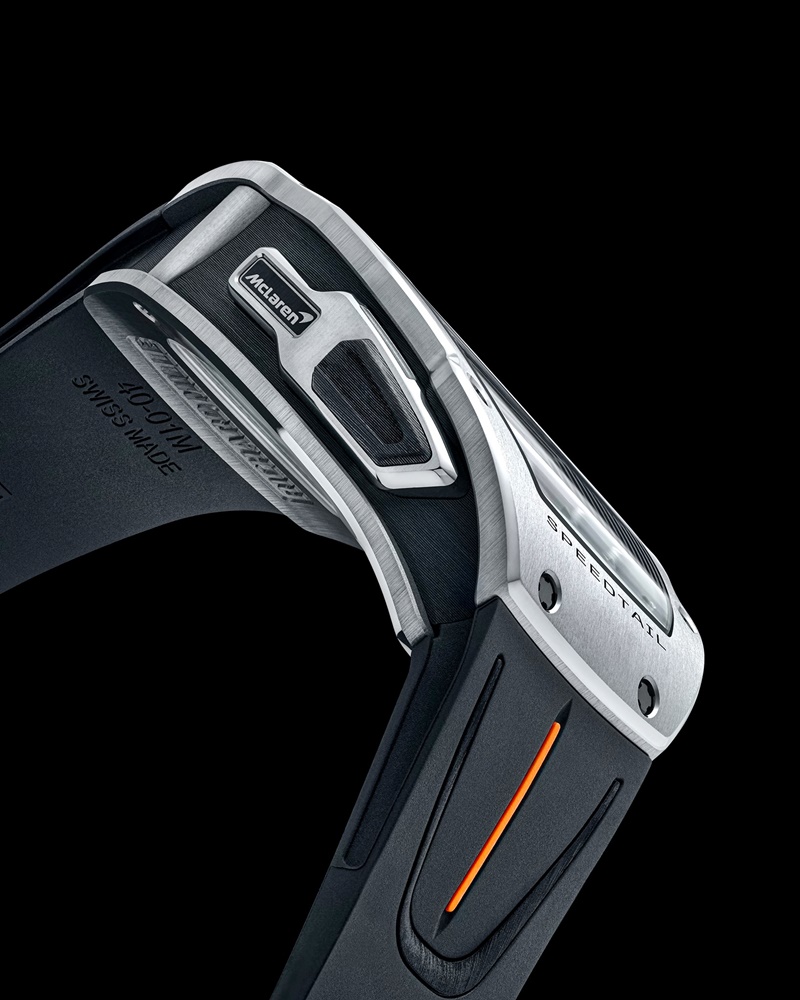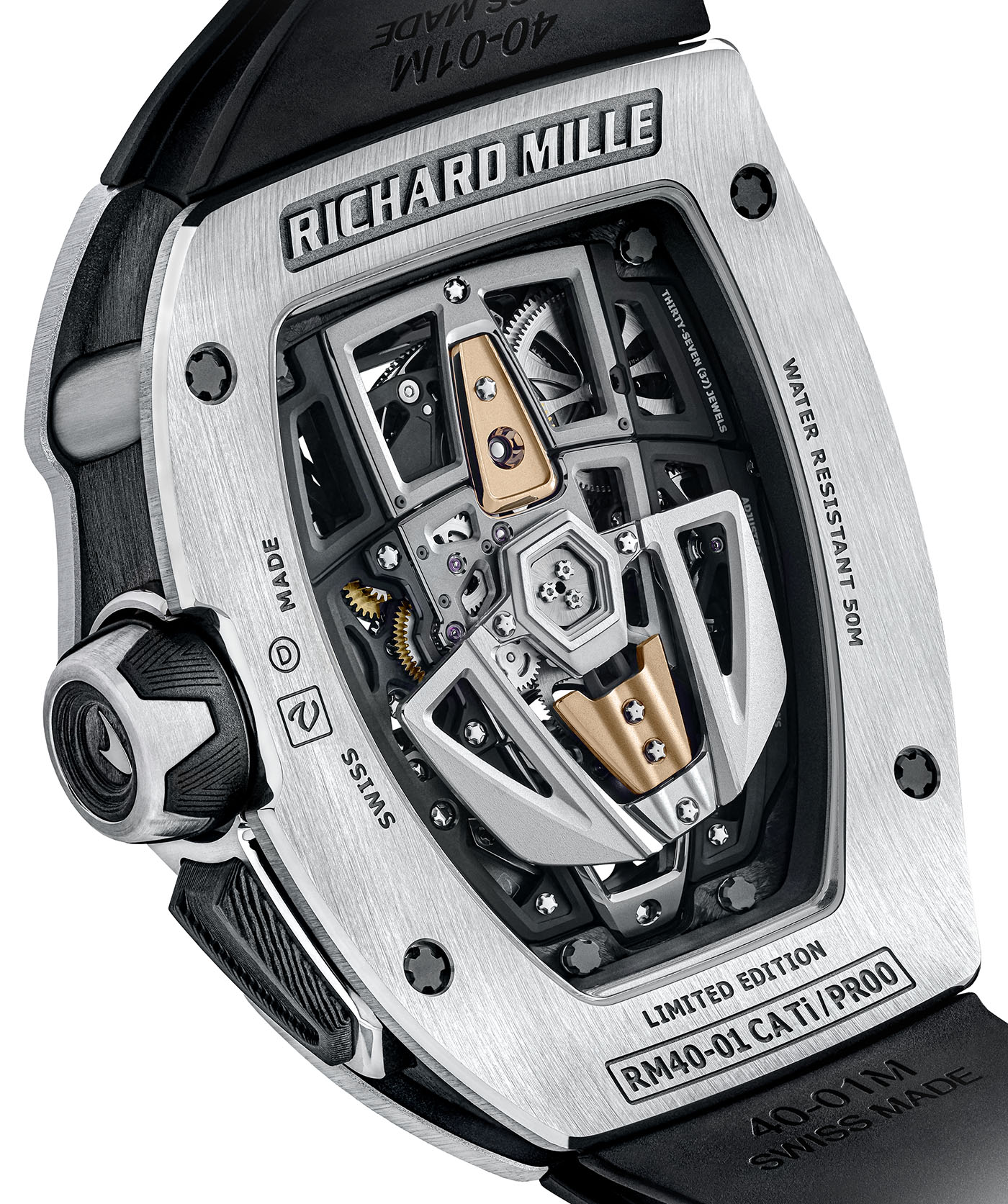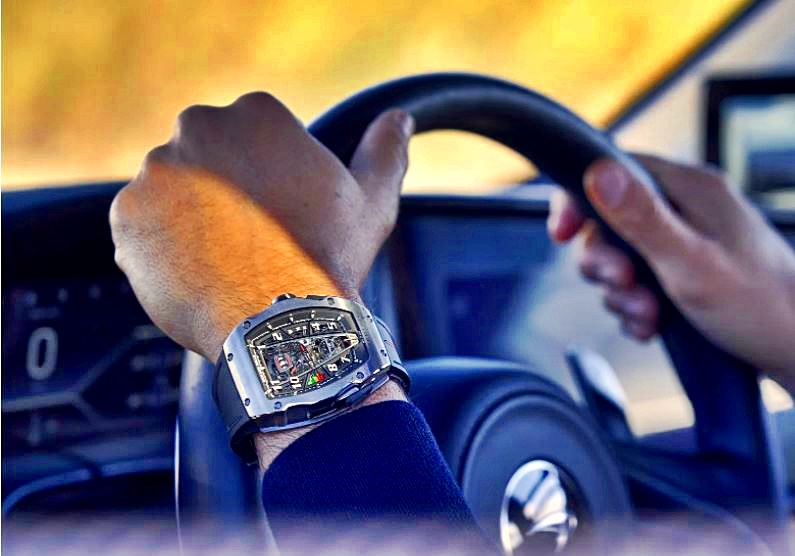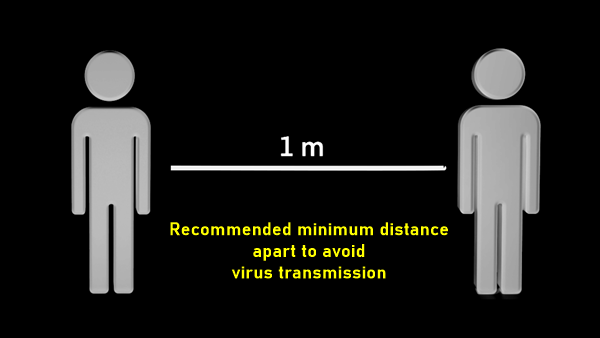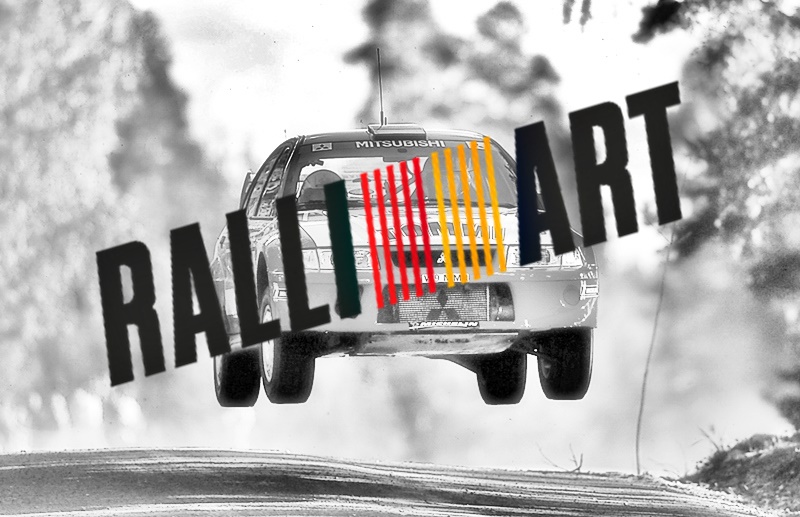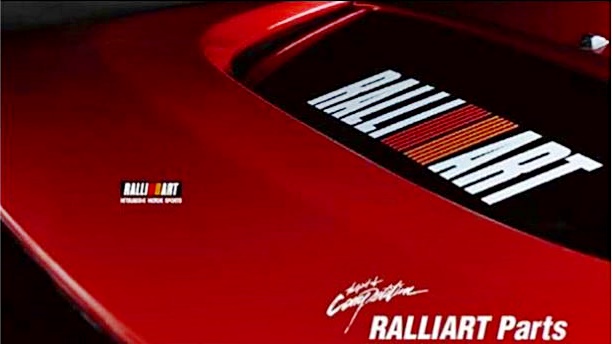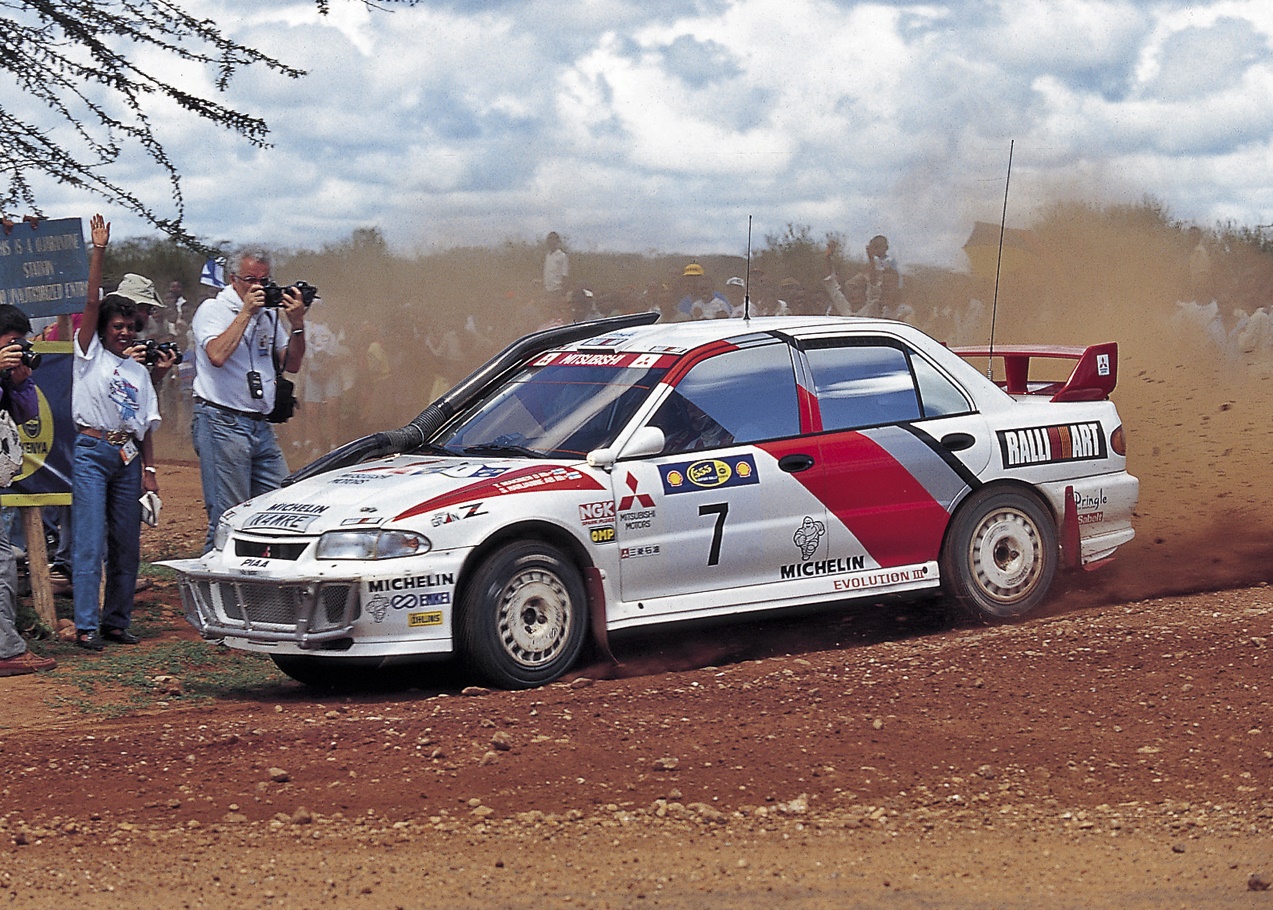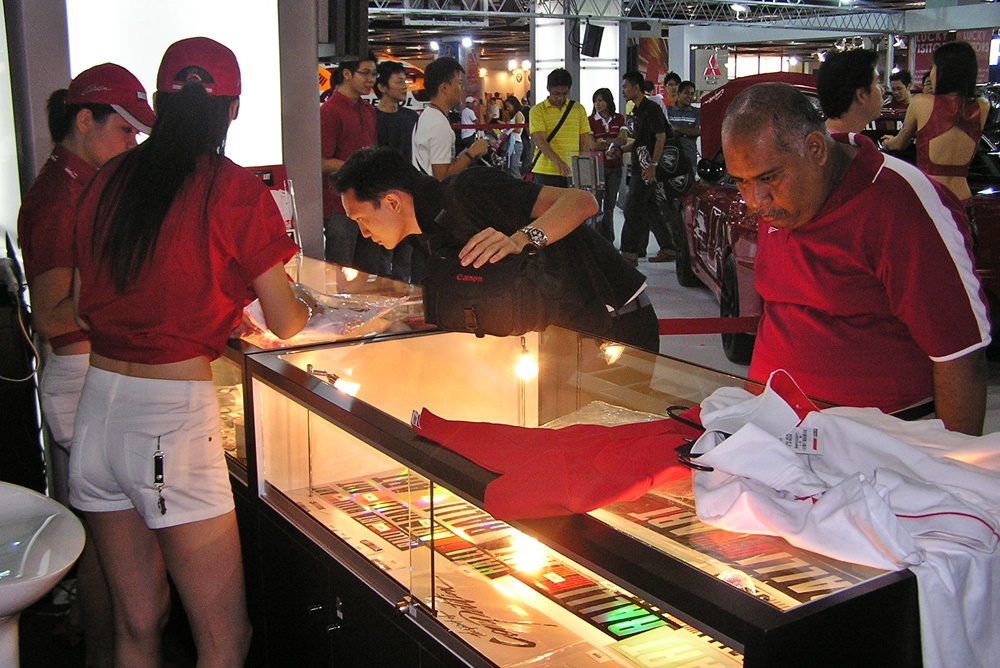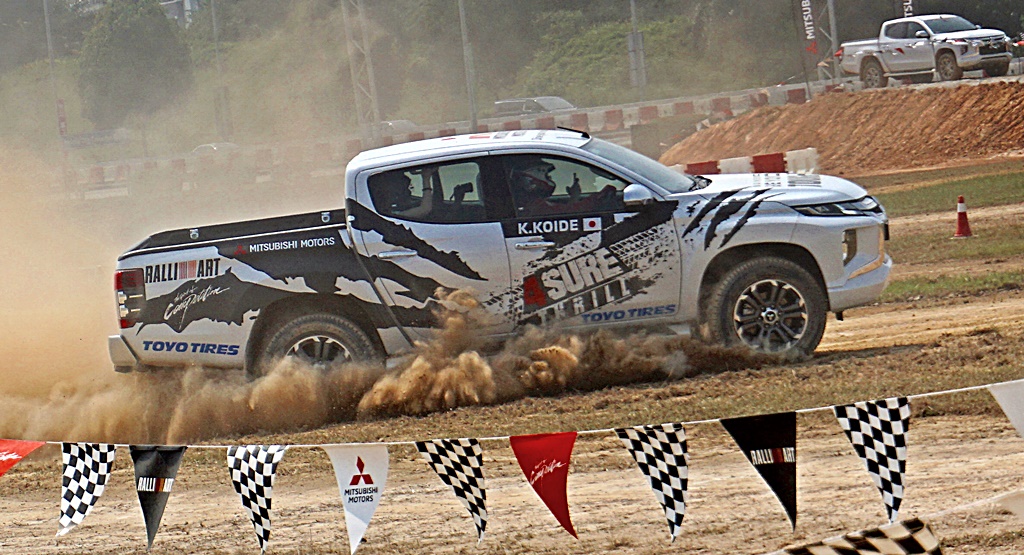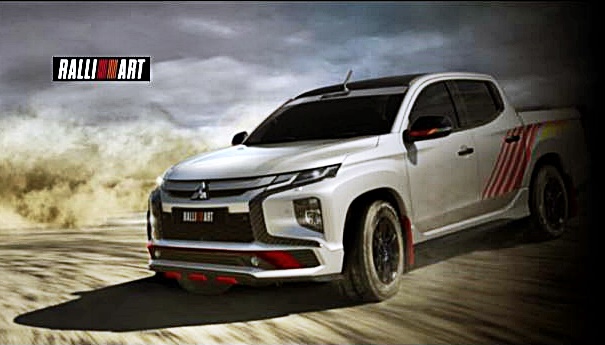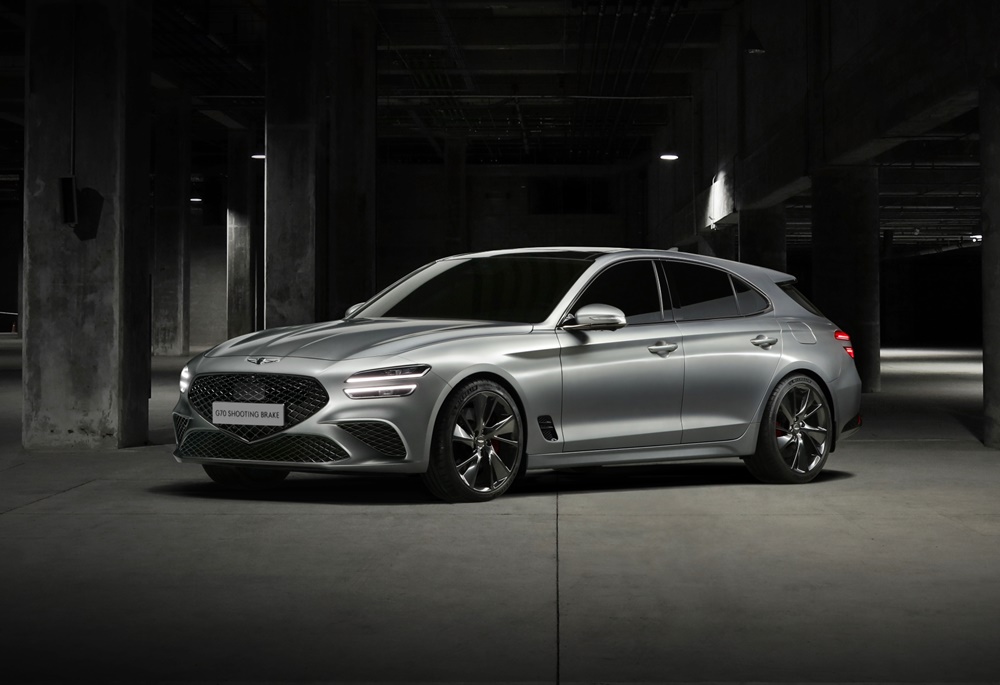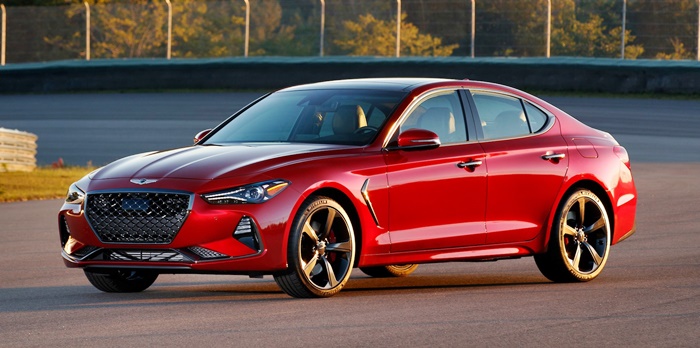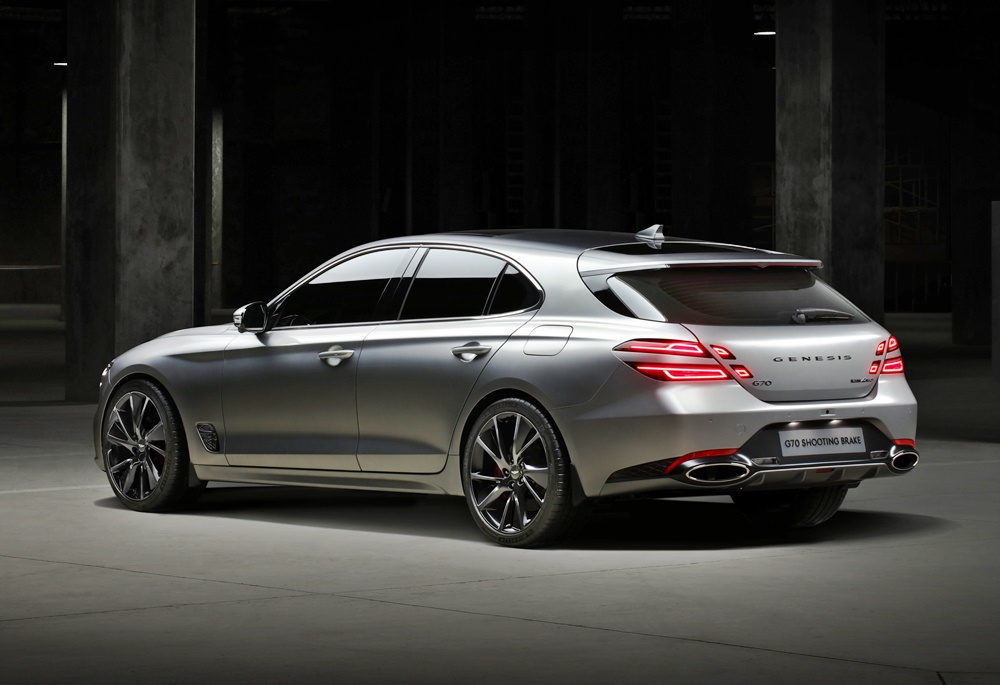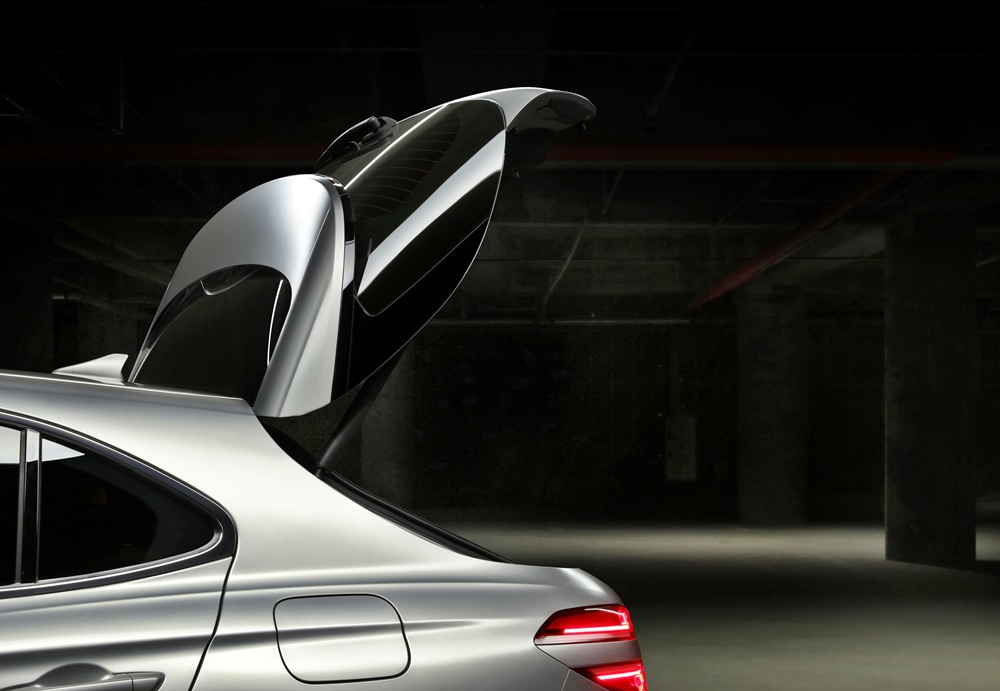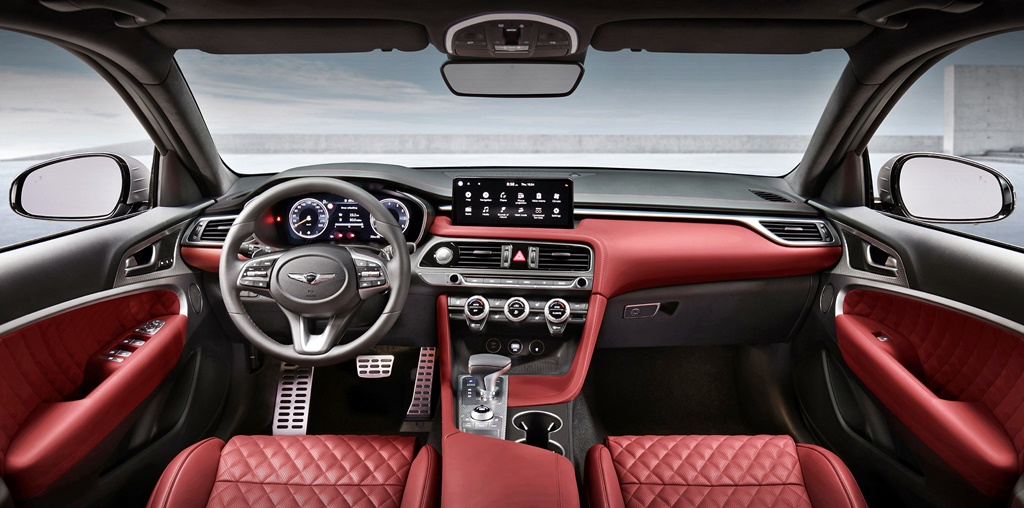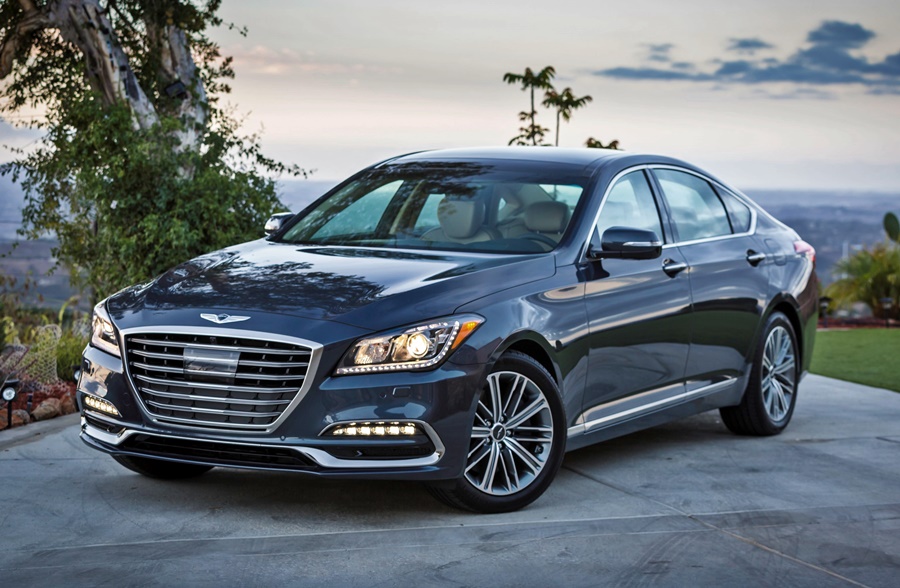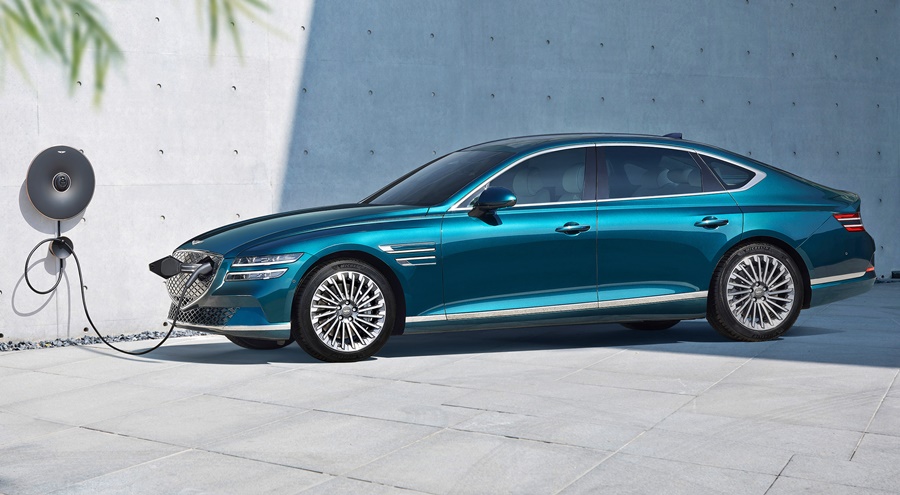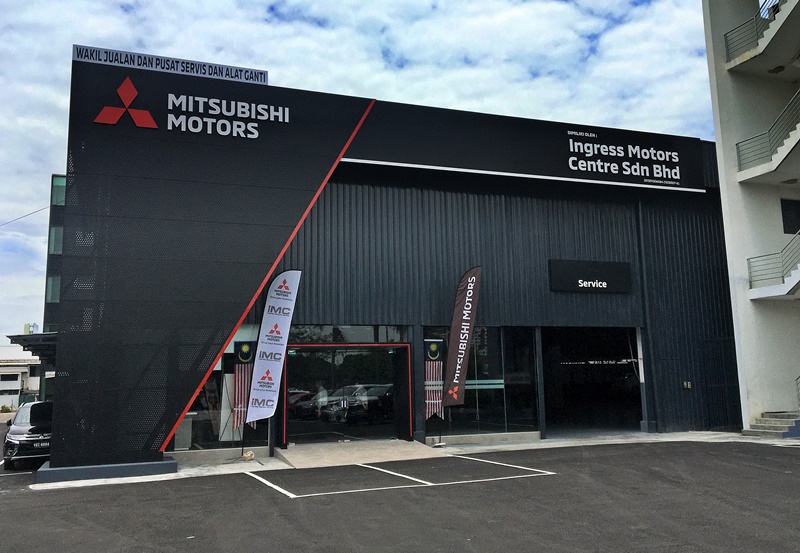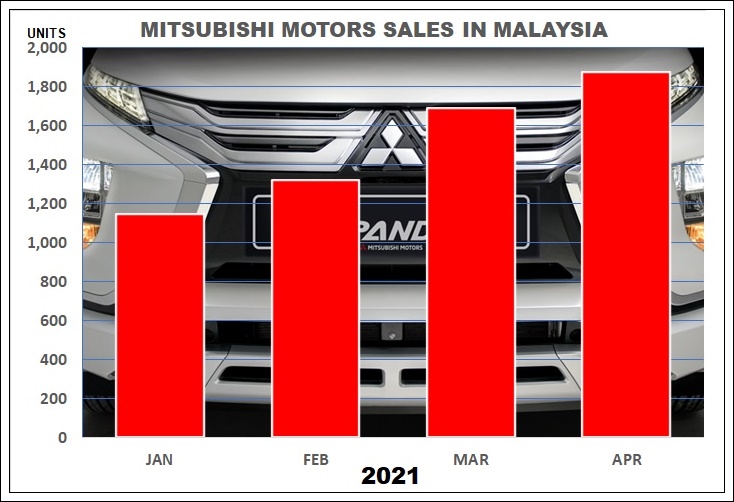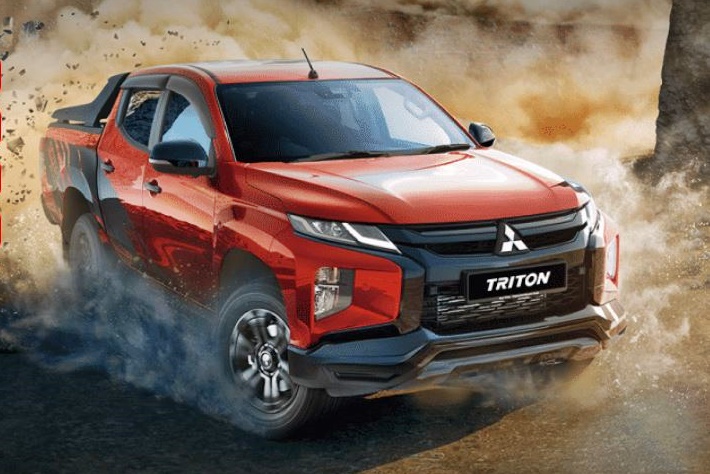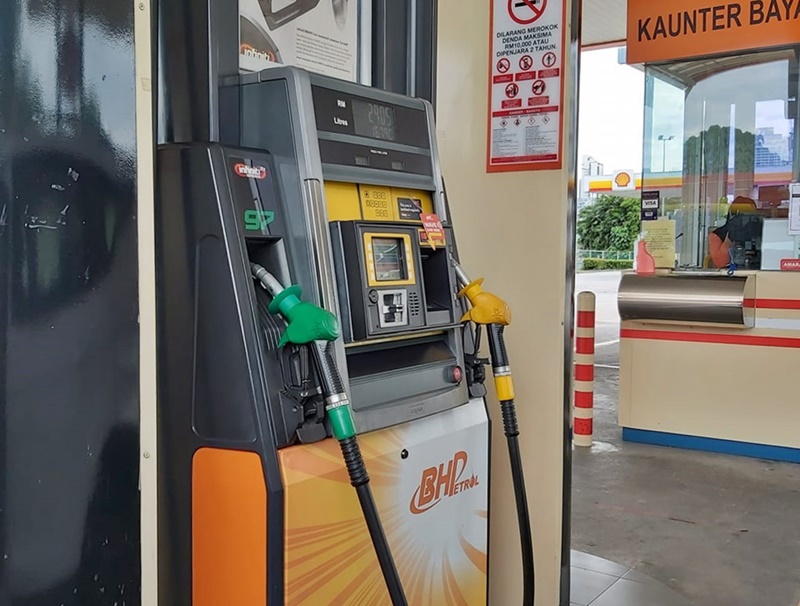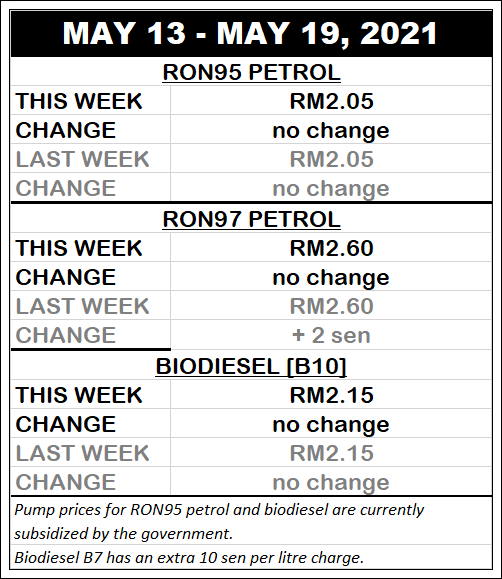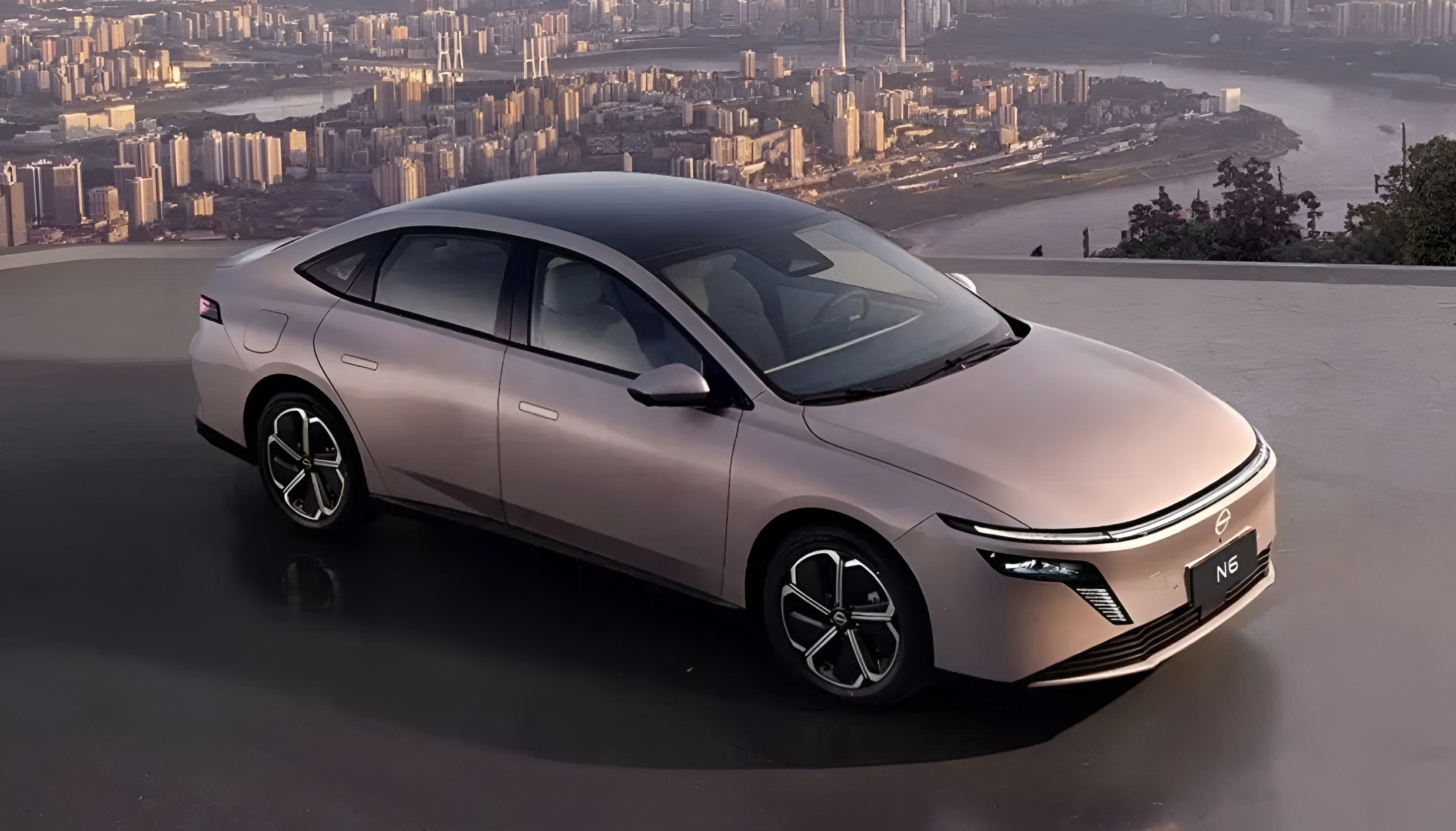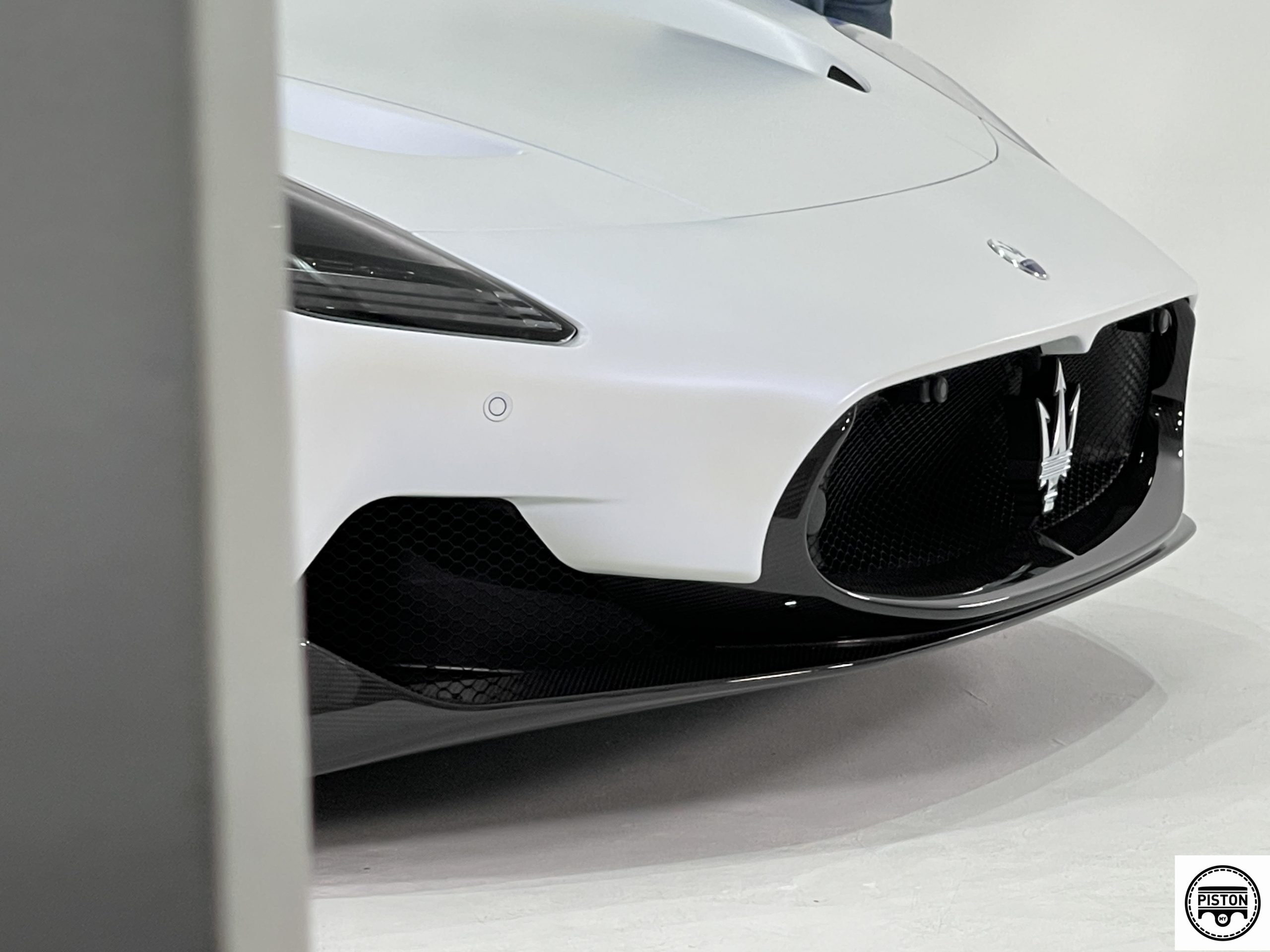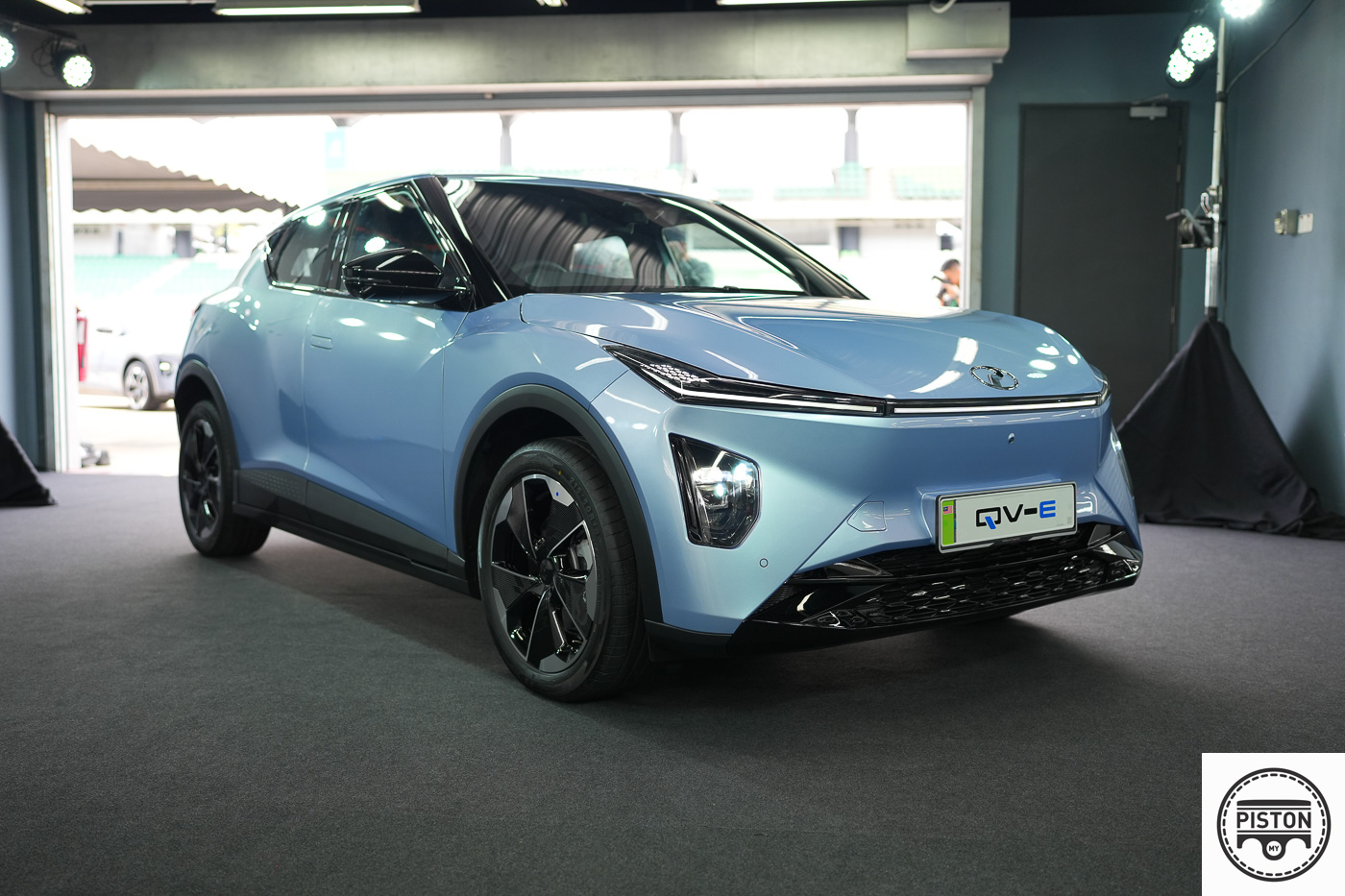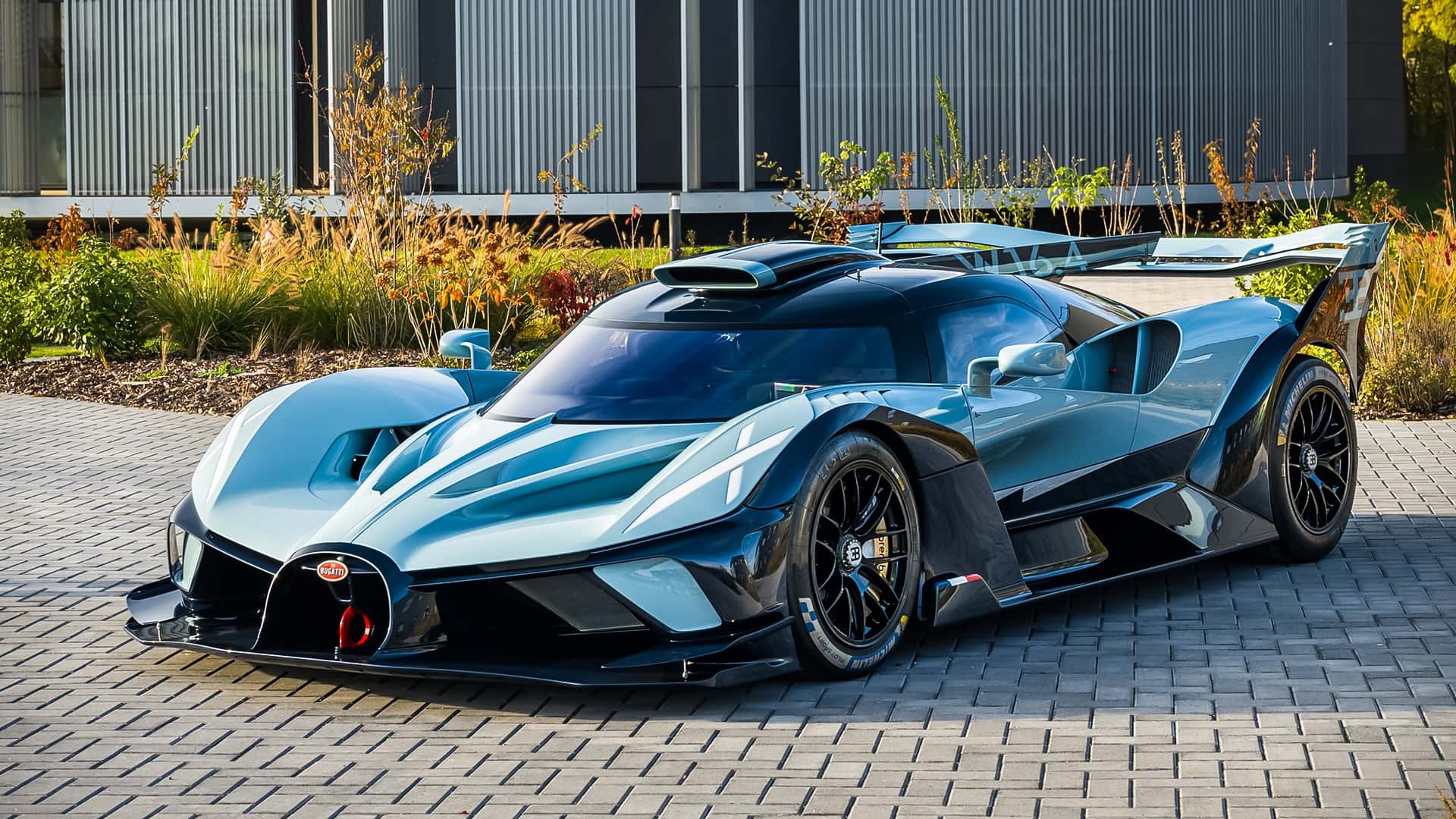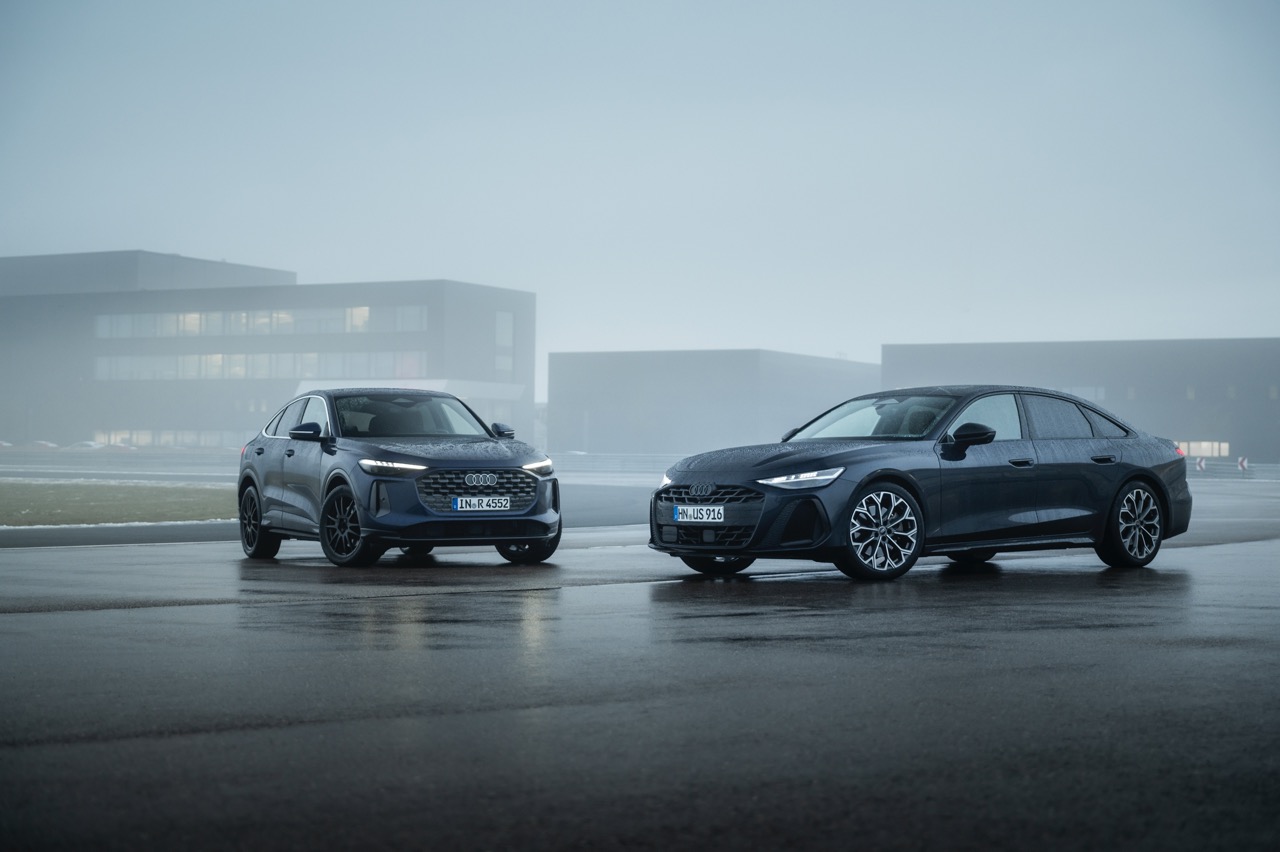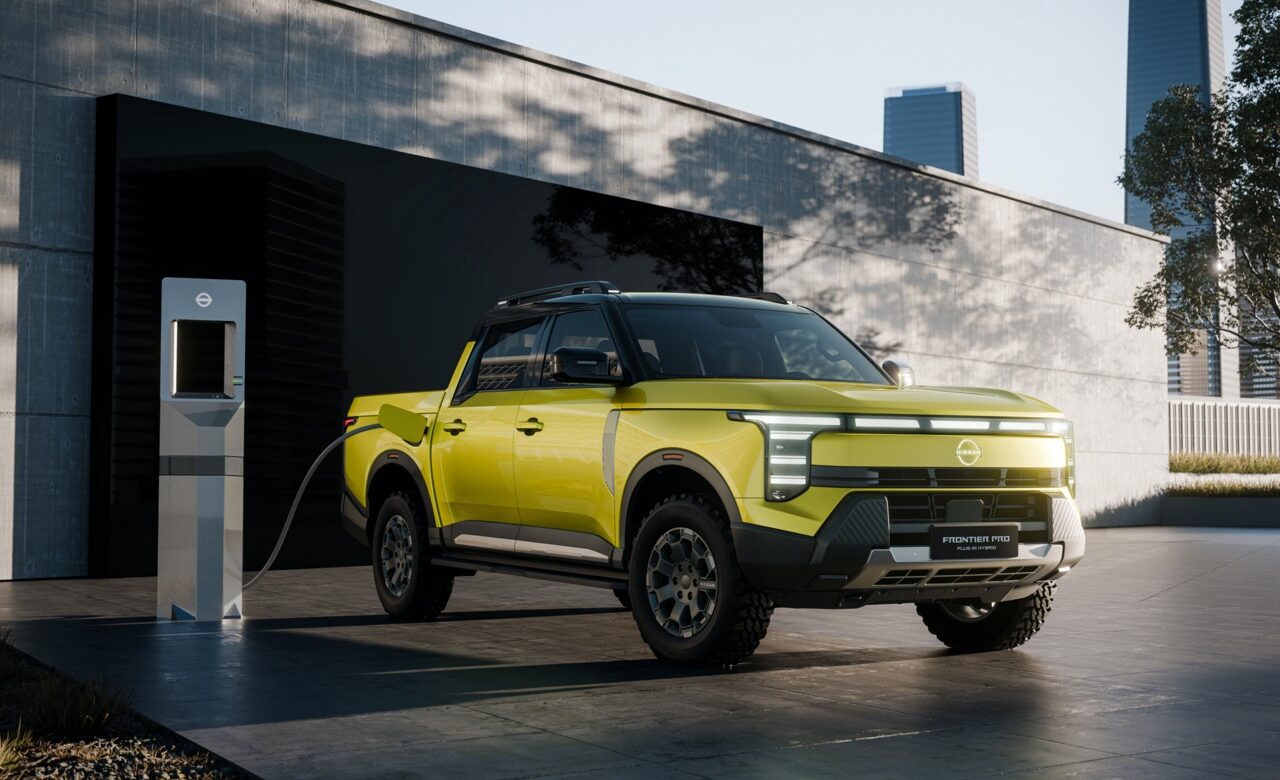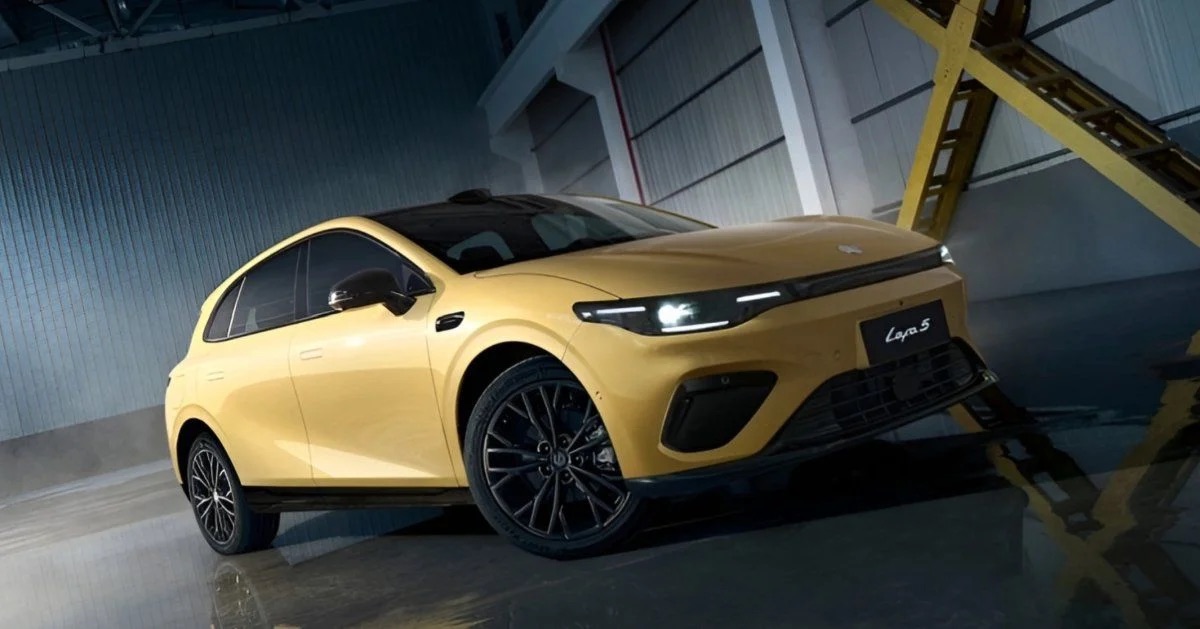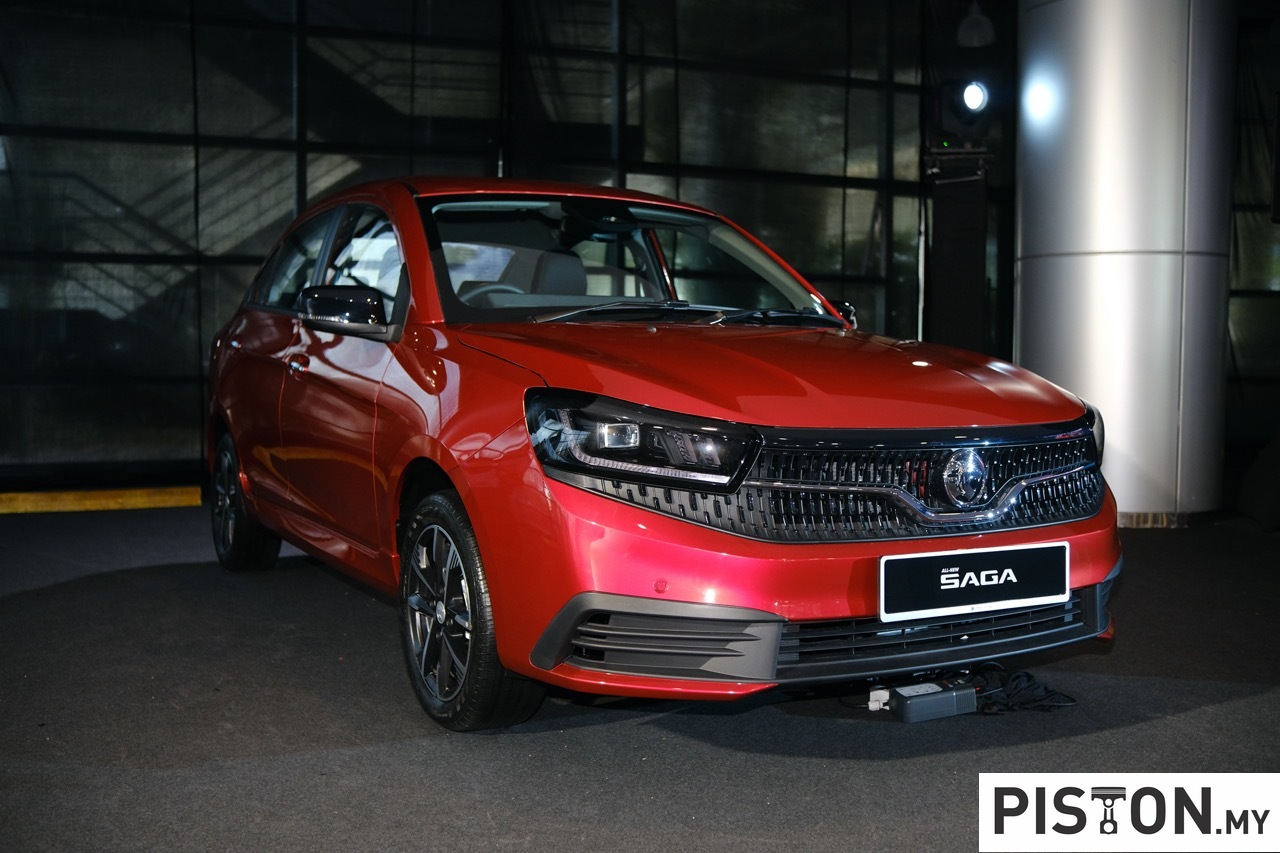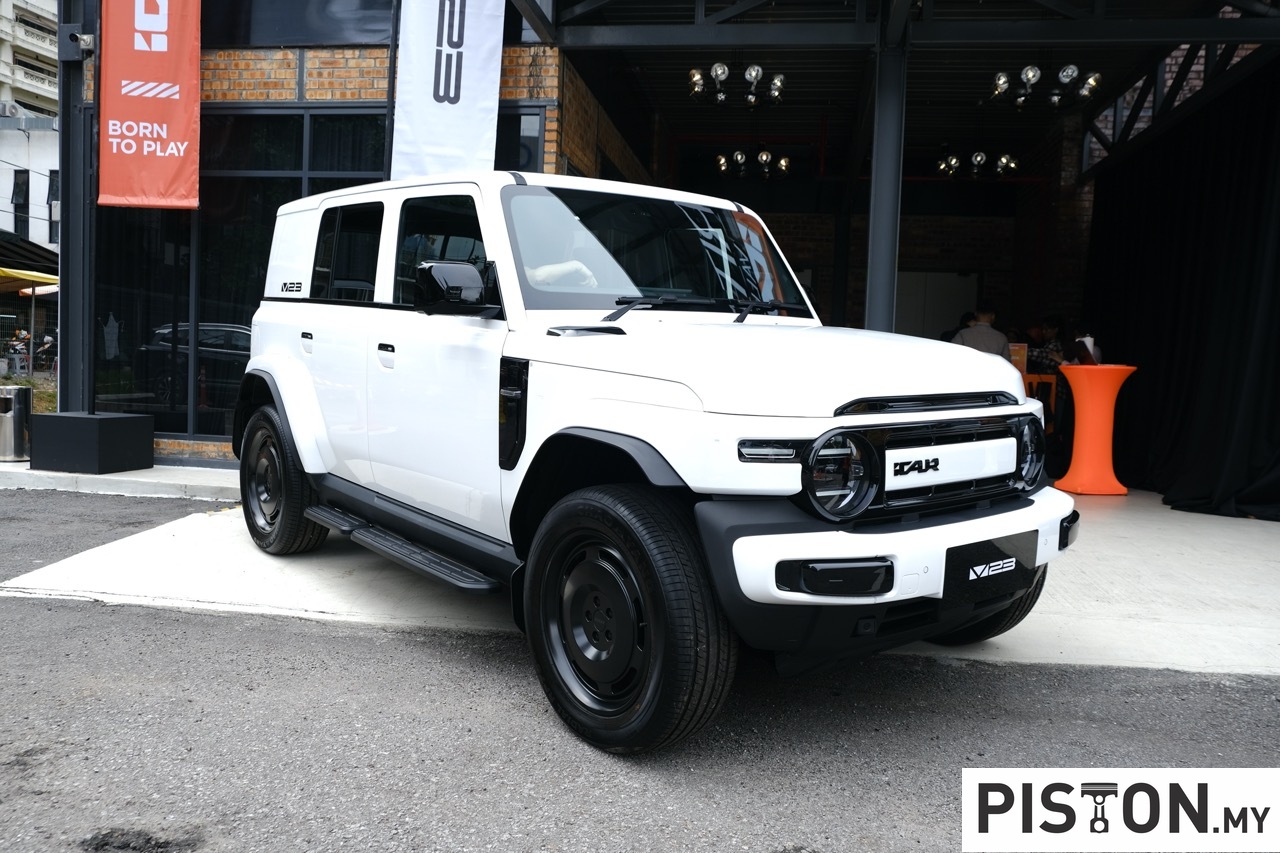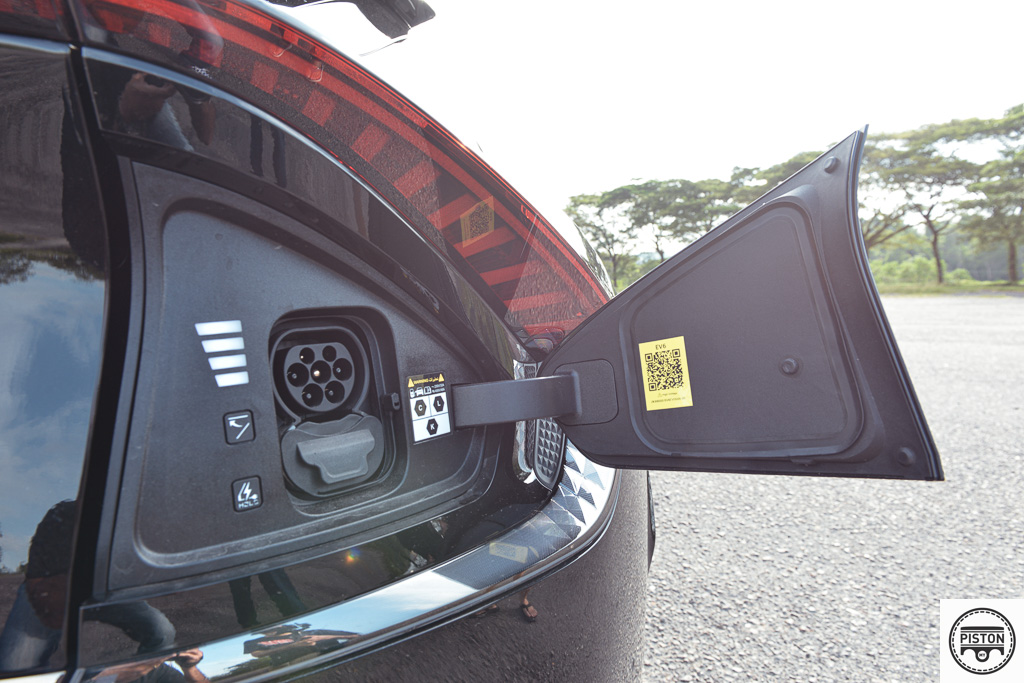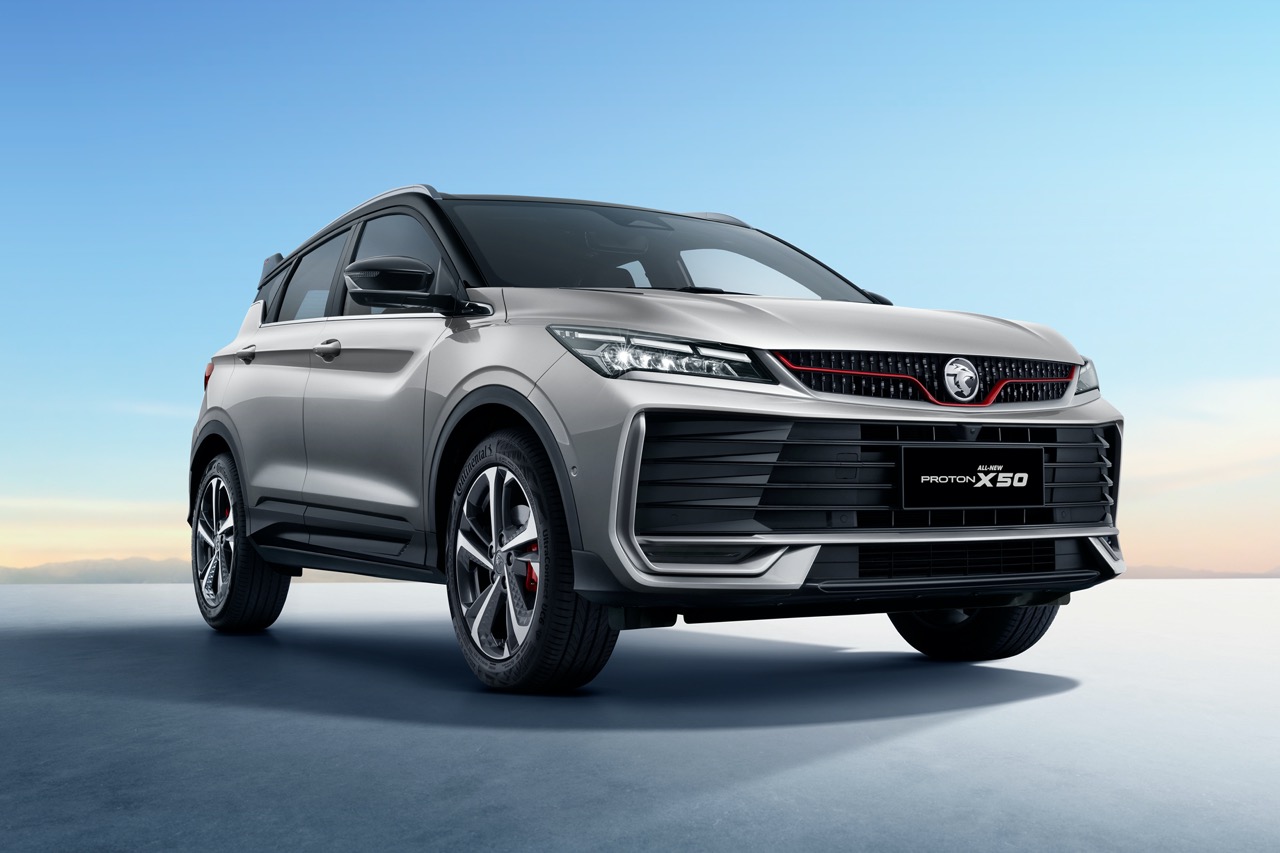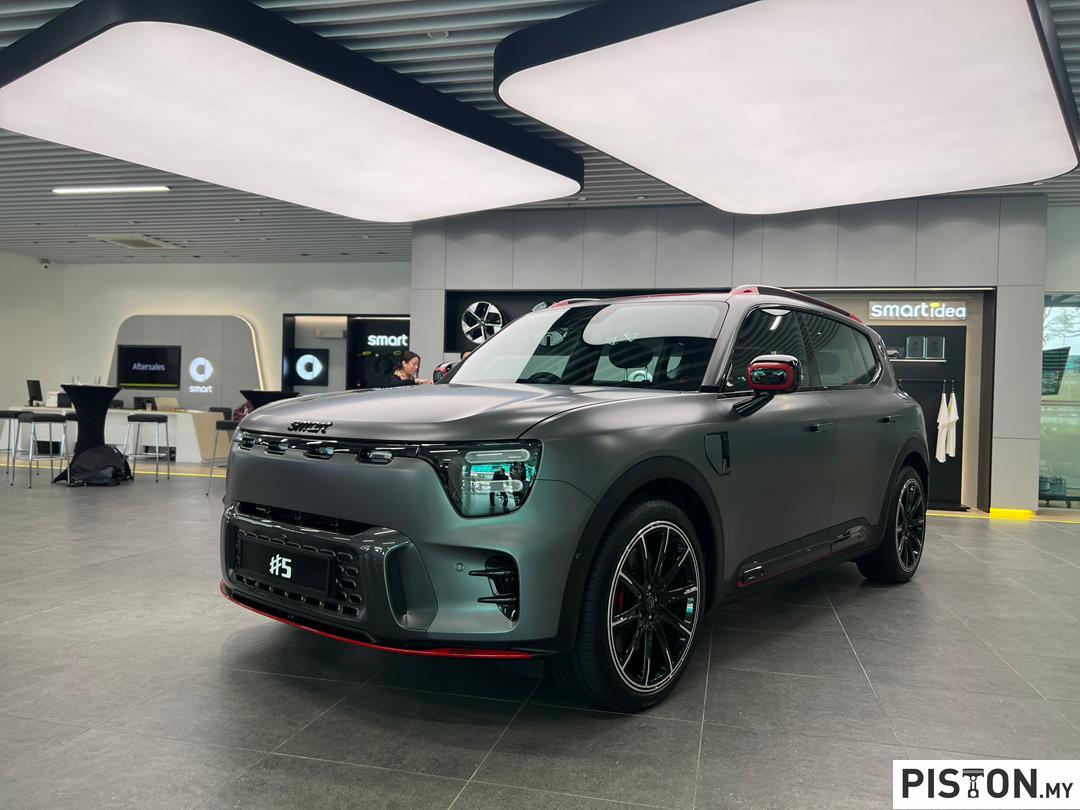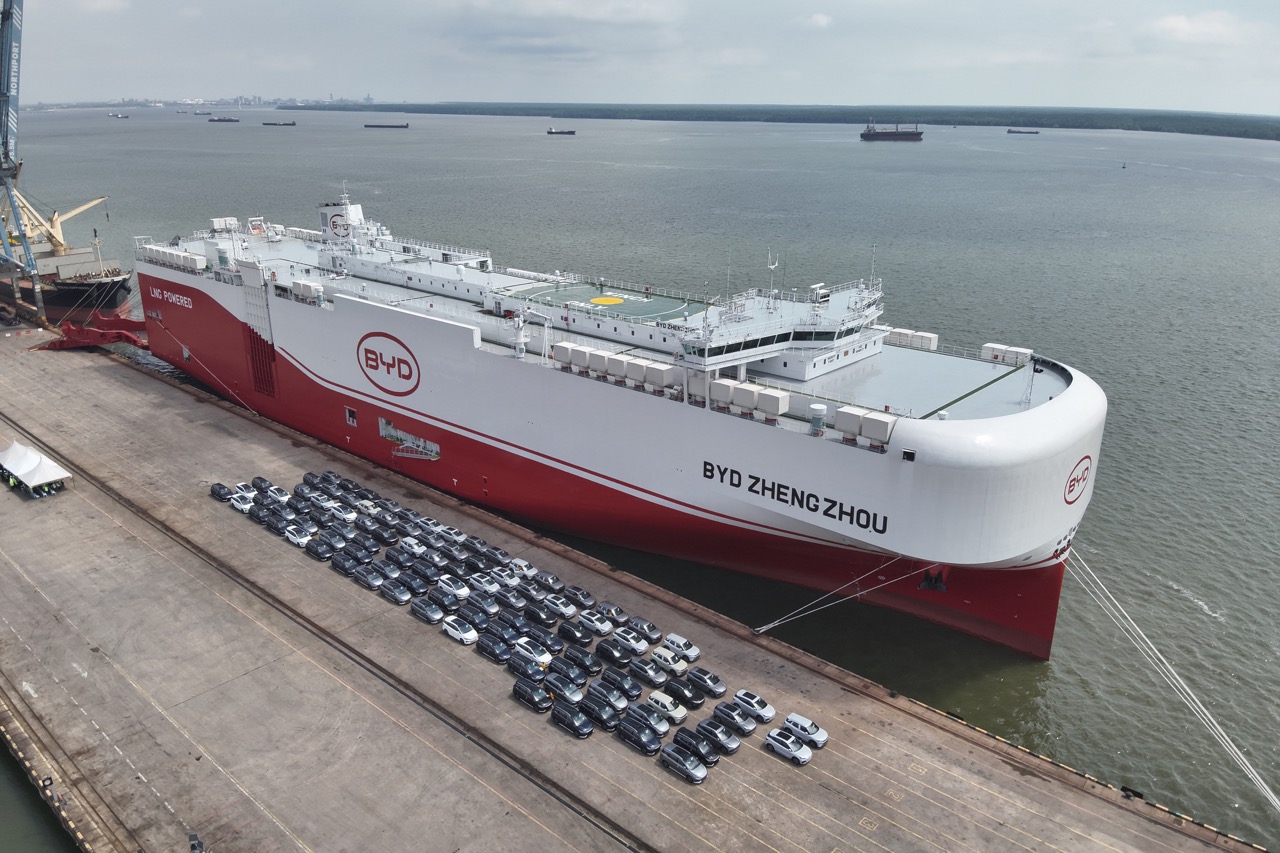
Henry Ford created a revolution when in introduced mass production, using high volume to bring the cost of making cars down significantly – and making them affordable for the masses. The more cars he could build and sell, the cheaper they became and the world was motorised.
But mass production also meant that thousands and thousands of cars of the same model looked the same and at one point, Ford even made customers accept his Model T ‘in any colour as long as it was black’. Colour did provide a little bit of differentiation but generally, mass-produced vehicles were all the same although as time went on, ‘variants’ were produced.
‘Personalising’ a mass-produced car is possible today to a limited degree as many manufacturers offer optional accessories. Perodua, for example, has its GearUp range which customers can choose from to add some items which other owners may not. Sometimes the manufacturers or their distributors will prepare limited editions with exclusive accessories, eg Isuzu Malaysia with its D-MAX ‘Stealth’ edition.
As you move higher up, the level of personalization changes and it’s no longer just accessories which are available to every customer. With brands that offer very expensive cars, personalization is something which is sophisticated and elaborate, with divisions set up to meeting personal customer wishes.
For Porsche, personalization has been offered to customers since the 1970s and in recent times, the sportscar manufacturer has set up business divisions such as Porsche Exclusive Manufaktur, Porsche Tequipment and Porsche Classic for the purpose. The company now plans to respond to the wishes and needs of its customers to an even greater extent with a new and significantly extended range of products and services.
Rising demand for personalisation
This includes various options for individualization of Porsche sportscars, turning them into unique one-offs. The personalization options for individual components are extended directly in the Car Configurator, supplementing its offering for new, used and classic vehicles with a ‘Performance Parts’ range. According to Porsche Exclusive Manufaktur, 25% all 911 models delivered worldwide have undergone extensive vehicle enhancement.
As part of its Co-Creation strategy, the company is also offering a new interpretation of the legendary Sonderwunsch (special request) program of the late 1970s. This will make it possible to design individualized one-off cars in future – co-created by the customer and realized professionally by Porsche.
The range of individualization options for new vehicles currently extends from personal customer consulting during the configuration process through to realization of limited small series. Through Tequipment, Porsche can offer numerous accessory products and retrofit options and even for classic models, spare parts supply and factory restorations are available.
“It is our goal to provide customers around the globe with even more accurately tailored and demand-based products within the context of classic, existing and new cars, and to also offer a comprehensive range of individualization options,” said Alexander Fabig, Vice-President Individualization and Classic. “With the new offerings we are responding to the great global demand for our products. Starting with new possibilities for individualization and personalization of individual components, through the additional range of Performance Parts, up to realisation of uniquely individualized sports cars, we have the right option for every customer.”
More personal than ever
Porsche Exclusive Manufaktur is expanding the range of products (currently more than 700) that can be individualized and personalized. Examples include various exterior wrap options, prints on the floor mats, illuminated door entry guards and logo projectors in the vehicle doors. In addition, customers can choose to become designers themselves in the ordering process, with advice and guidance from specialists at Porsche.
Using a digital application in the Porsche Car Configurator, it is possible to specify own designs for various items. For example, a customer can have their own signature embossed on elements in the vehicle interior. This could be on the cover of the centre console or the seats, while personalized wraps and decals can be placed on selected exterior areas and even individual paint finishes applied on the wheels.
New components for GT models/classic cars
Porsche will offer a large number of new components for new vehicles as well as used and classic cars under the name ‘Performance Parts’. The Porsche Tequipment range for new and used vehicles is aimed at drivers who are motorsport enthusiasts and amateur race drivers. Porsche Classic will offer new developments with a historical reference, components for performance enhancement and also lifestyle products for both young and older classic cars. These will increase the performance of the classic vehicles or improve their everyday usability.
With two show cars based on two first-generation Cayenne models, the Classic division is also providing a preview of possible additional individualization offerings with an outdoor and off-road focus.
One-off models
As part of its Co-Creation strategy, Porsche will make it possible to design individualised one-off cars in future. While this doesn’t mean totally unique designs, it does allow individual customer colour and material wishes to be conveyed directly in production and subsequent Factory Re-Commissioning and Factory One-Off after vehicle delivery to the customer.
Whereas Factory Re-Commissioning is also aimed at implementation of individual colours and materials, the Factory One-Off is a systematic technical new development. Depending on the age of the vehicle in question, either the technical experts at Porsche Exclusive Manufaktur or the specialists at Porsche Classic take care of implementation.
Porsche distributors worldwide can provide more information on the personalization services available. In Malaysia, this would be Sime Darby Auto Performance.

